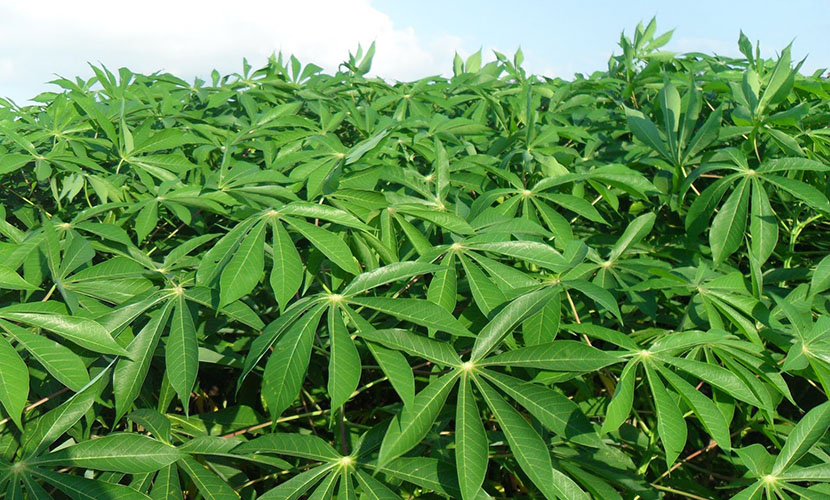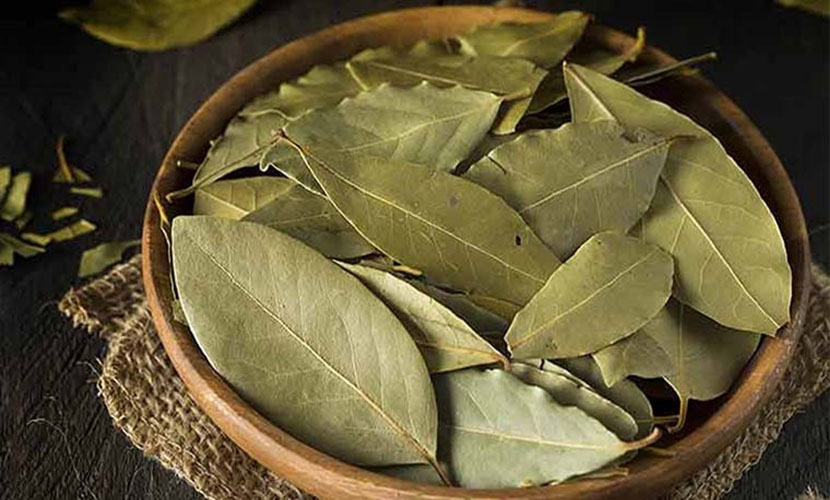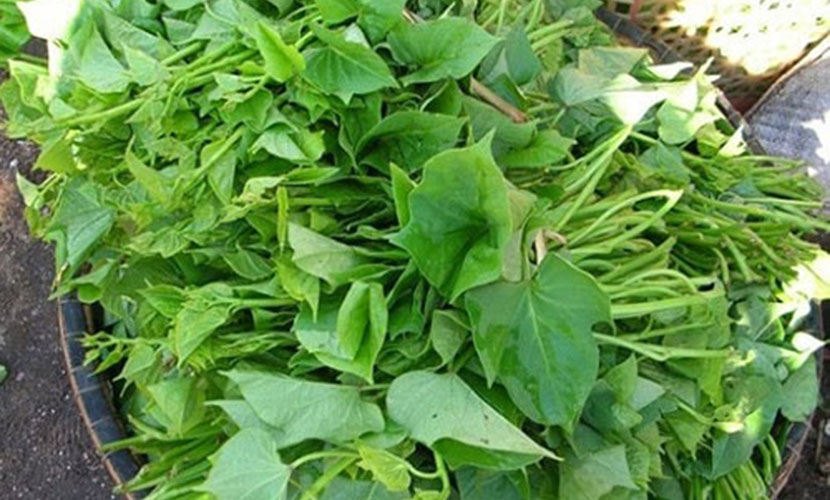
As humble ingredients, Vietnamese leaf exports have become popular export items. Specifically, they have brought in nearly $9 million in just eight months in 2025.
In August alone, Vietnamese leaf exports reached nearly $1.2 million, up 13% year-on-year. Cumulatively over eight months, the total export value hit approximately $9 million, a 27% increase compared to the previous year.

Vietnam’s bay leaves
Among Vietnamese leaf exports, cassava leaves are the main export product with nearly $3 million. In the meanwhile, bay leaves saw the strongest growth, surging by 68.5%. Banana, lime, and sweet potato leaves also recorded growth of 20–80%, due to diverse demand in culinary uses and food processing.
Vietnamese cassava leaves have stable demand in Japan, South Korea, Taiwan, and several Muslim countries. There, they are used in curries or cooked with meat thanks to their high protein and vitamin content. Some companies even export frozen pureed cassava leaves, a value-added product serving the food processing industry.

Vietnamese cassava leaves
In Vietnam, fresh cassava leaves’ prices ranged from VND 3,000 to VND 5,000 per kg. However, when exported, they can fetch 3–4 times more, even reaching VND 70,000 per kg in retail markets. Banana leaves, traditionally used to wrap cakes and sticky rice, are now exported as eco-friendly natural packaging. Sweet potato leaves have also found a niche, becoming a premium nutritional vegetable in Japan and South Korea.
Vietnamese leaf exports account for a small share of total fruit and vegetable export turnover. However, they present a “double opportunity”: they both utilize agricultural by-products and help tap into high-potential niche markets.

Vietnamese sweet potato leaves
Vietnam’s fruit and vegetable exports are rebounding. In September alone, they reached nearly $1.3 billion, the highest ever for that month. If this trend continues, the sector could surpass $8 billion this year, far exceeding the original target.
Agricultural experts believe that Vietnamese leaves are not only versatile but also highly nutritious. In addition, they contain abundant protein, minerals, and amino acids that aid cell regeneration and boost immunity. Using leaves as a substitute for plastic packaging or artificial seasonings also aligns Vietnamese agricultural products with the global “green cuisine” trend currently being popular worldwide.
Vietnamese source: https://vnexpress.net/xuat-khau-la-cay-thu-ve-gan-9-trieu-usd-4947798.html
